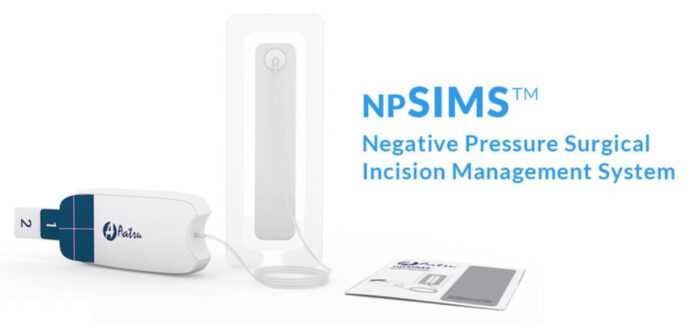CLEVELAND — Aatru Medical, LLC announced the publication of its first-in-human clinical study evaluating its novel negative pressure wound therapy (NPWT) device, NPSIMS™, in the open-access journal Cureus, now indexed in PubMed Central.
The peer-reviewed study, titled “Clinical Evaluation of a Novel, Chemically-Generated, Single-Use Negative Pressure Wound Therapy System for the Management of Closed Surgical Incisions,” was authored by scientific consultant Dr. Robin Martin with contributions from participating surgeons. The research assessed the safety and performance of Aatru’s solid-state NPWT device in managing closed incisions across multiple surgical procedures, including spinal, shoulder, and plastic surgeries.
Unlike traditional electromechanical NPWT systems, the NPSIMS device relies on a micro solid-state chemical reaction—using no electricity or mechanical components—to generate and maintain vacuum pressure at the incision site. The study found that the device successfully maintained negative pressure and fluid control for an average of 6.3 days, while clinicians noted its ease of use, silent operation, and effective sealing.
“This completed study and its publication are important milestones, and we are all really pleased with the outcome,” said Aatru Medical CEO Timothy Wojciechowski. “We are especially grateful to the New Zealand medical teams whose coordinated efforts made this study possible.”
The NPSIMS device is covered by multiple U.S. and international patents and has been commercially launched as a cost-effective NPWT solution tailored specifically for surgical incisions. Clinicians participating in the study, many of whom were familiar with other NPWT systems, responded positively to its practical advantages.
NPWT has long been established in treating open wounds but is increasingly being applied to closed surgical incisions to reduce postoperative complications like infection and seroma. The global market for NPWT in closed incisions is estimated at $14 billion annually, though adoption remains in the low single digits—leaving significant room for growth.


